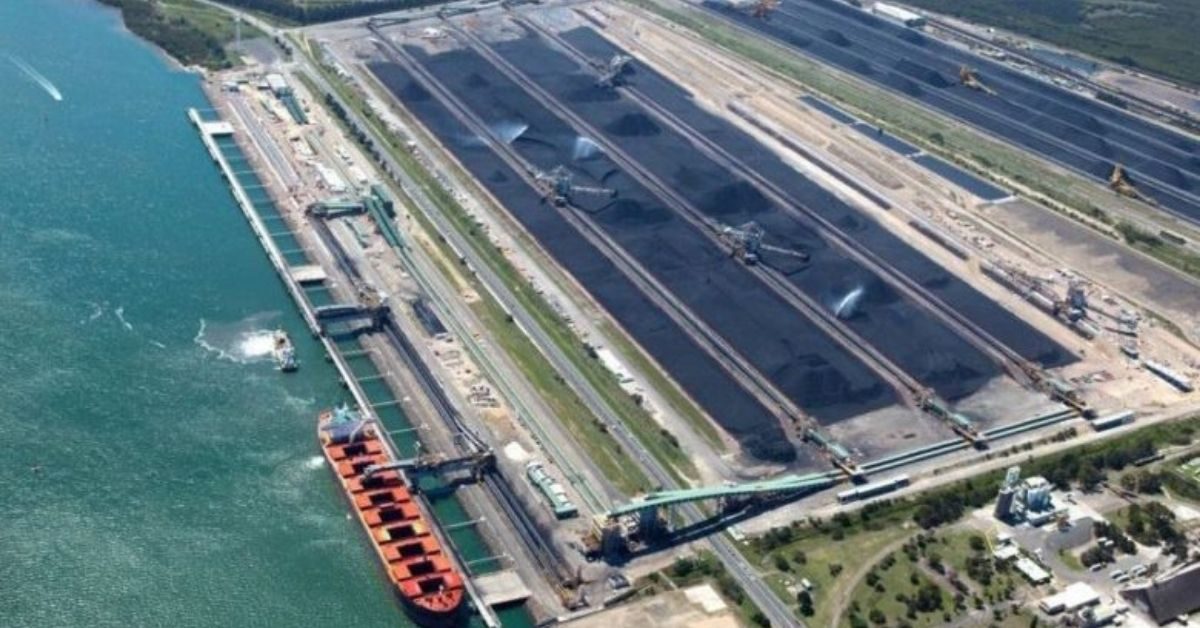Global seaborne maps for the coal trades are set to be redrawn in the wake of another significant announcement at COP26, the global climate summit, but not to the extent that some environmentalists and event organisers have been claiming. Yesterday, 77 signatories pledged to phase out coal by 2050. Nevertheless, some of the world’s biggest names in coal including China, India, the US and Australia refused to sign on to the plan.
Signatories of the COP26 agreement on Thursday are to shun investments in new coal plants at home and abroad, and phase out coal-fuelled power generation in the 2030s in richer countries, and the 2040s for poorer nations. The commitments are not binding, however.
Separately, the Powering Past Coal Alliance – an international campaign aimed at phasing out the fuel – said it had secured 28 new members, including Ukraine, which pledged to quit the fuel by 2035.
“Coal has been in systemic decline for years, but this really is the death knell,” claimed Bill Hare, a climate scientist and CEO of Climate Analytics. “The economics just don’t stack up anymore without generous subsidisation at the expense of taxpayers – their money, their environment and their health. It’s a good step – probably the most robust development at the COP so far. Wealthier countries will need to provide support for some of the poorer countries to phase out by 2040.”
“Today I think we can say that the end of coal is in sight,” said Britain’s COP26 president, Alok Sharma.
However, a glance at the world’s largest importers and exporters of the commodity (see map below) – and the notable missing names to the pledge suggests the coal shift will not be as dramatic as the summit’s organisers had been hoping for.
Coal produced around 37% of the world’s electricity in 2019. It is still the second most traded dry bulk commodity with 1.13 bln tonnes shipped in 2020 and growth in imports to China and India compensating for declining demand from Europe and Japan.









